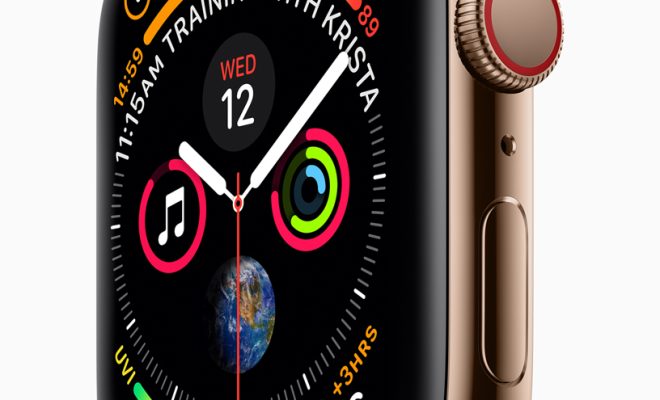Ways to Hide Desktop Icons on Windows

The desktop of your Windows PC is the primary location where all the important icons of the applications you use regularly are visible. However, at times, having too many icons on the desktop can make it cluttered and difficult to find what you’re looking for. You may not want to delete these icons, but you do want to hide them.
Fortunately, Windows provides several ways for you to hide your desktop icons, so you can keep a clean and organized desktop. In this article, we will discuss a few ways to do this.
Method 1: Using the Hide Desktop Icons option
The simplest way to hide desktop icons is by using the Hide Desktop Icons option. Here’s how you can do it:
Step 1: Right-click anywhere on your desktop. This will open a menu.
Step 2: Click on the View option.
Step 3: Uncheck the Show desktop icons option.
This should hide all the icons that were previously visible on your desktop. If you want to display them again, follow the same steps and check the Show desktop icons option.
Method 2: Use the Group Policy Editor
If you’re using Windows 10 or Windows 8 Pro, or Enterprise versions of Windows 7 & 8, then you can use the Group Policy Editor to hide the desktop icons.
Step 1: Press the Windows Key + R to open the Run dialog box.
Step 2: Type gpedit.msc and hit Enter. This will open the Local Group Policy Editor.
Step 3: Navigate to User Configuration > Administrative Templates > Desktop > Desktop.
Step 4: Find the option called “Hide and disable all items on the desktop” and double-click it.
Step 5: In the dialog box that appears, select Enabled and click Apply and OK.
This will hide all the icons on the desktop for every user account on your PC. If you want to enable the desktop icons again, follow the same steps and select the option for disabled.
Method 3: Use the Registry Editor
The Registry Editor is for advanced users who are familiar with the Windows Registry.
Step 1: Press the Windows Key + R.
Step 2: Type regedit and hit Enter to open the Registry Editor.
Step 3: Navigate to HKEY_CURRENT_USER\Software\Microsoft\Windows\CurrentVersion\Policies\Explorer.
Step 4: Right-click on Explorer, select New, and then select DWORD (32-bit) Value.
Step 5: Rename the newly created value to “NoDesktop” (without the quotes), and then double-click it to modify it.
Step 6: Change the value data to 1 and click OK.
Refreshing your desktop should hide all the desktop icons. You can repeat the steps above to hide or show the desktop icons as needed.





